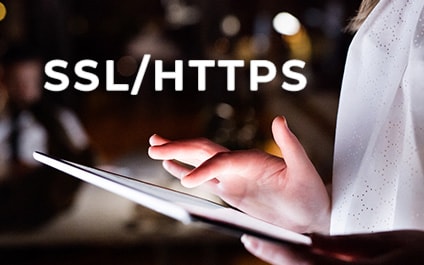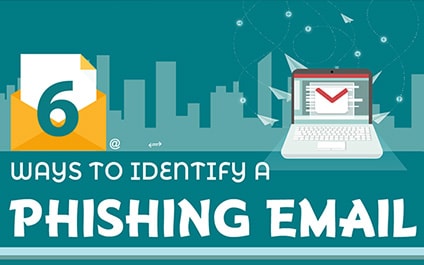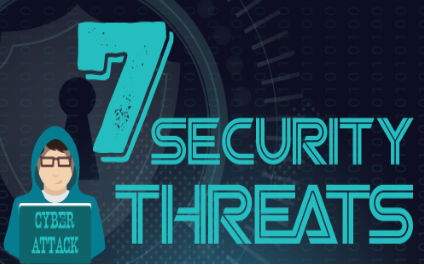905-660-4118
What You Need To Know About Brute Force Login Attacks

It’s not a secret. We now live in a world where cyber criminals work day in and day out to hack into small and medium sized businesses in an effort to make money. This practice has become a profession that’s quickly bringing businesses down.
Despite companies working hard to protect against these threats, hackers have developed ways to mimic user behavior as a means of gaining access to sensitive information.
Why Every Business Website Needs SSL/HTTPS In 2018

Have you noticed the “not secure” message in the address bar when you head to certain websites on Google Chrome? As safe as the site might be, if they don’t have a secure layer (Secure Sockets Layer - SSL or HTTPS certificate), you’ll receive a warning when trying to visit their URL. That’s a new feature in Google Chrome as of July 2018 and it’s one that’s worth paying attention to.
6 Ways To Identify a Phishing Email
Cyber Criminals Are Using Children To Hack Into Home Networks

I often share articles about how to protect your business network from cyber crime. But, one very real threat that I haven’t talked about is how cyber criminals are hacking into home networks through children.
If you’re a parent, here are some vulnerabilities you should know about when your kids use devices to access the internet.
Why All SMB’s Need To Pay Attention To Office 365 Business Premium

Wondering if Microsoft Office 365 is right for your small or medium sized business?
If not, you should be. The fact of the matter is, all businesses should be utilizing Office 365 (or at least a portion of it).
But... in today’s blog, we’re not going to be talking about the basics of why you need Office 365. If you want to learn more about that, check out our past blog post here.
Office 365 – Why businesses of ALL sizes should be using it (or at least a portion of it)

There’s been a lot of talk these days about Office 365 and the many benefits it provides for small and medium-sized businesses. After all, the company’s famous Office Suite has been around since 1988 and its applications – Word, Excel and PowerPoint, set the industry standards for word processing, spreadsheet utilization, and presentation software.
An Employee’s Guide to Cyber Crime Prevention

When your productivity is measured in tasks crossed off your checklist and projects finalized, it’s easy to develop a one-track mind. You know you need to get your work done, so other details, such as IT security, fall to the wayside. After all, isn’t that why you have an IT department, or outside managed IT services? Yes and no.
7 Security Threats
2017 List Of The Most Commonly Used Passwords

When was the last time you changed your password? When you did, was security top of mind? If you’re like most people, probably not. Case in point: Take a look at the most commonly used passwords from 2017 from SplashData.
Here’s just the top 10.
123456
password
12345678
qwerty
12345
123456789
letmein
1234567
football
iloveyou
There are a few things you can learn about these passwords.

![[Infographic] 7 Spooky Security Threats You Need To Know About](https://www.lanetco.ca/wp-content/uploads/2018/10/7-Spooky-Security-Threat-feature.png)

